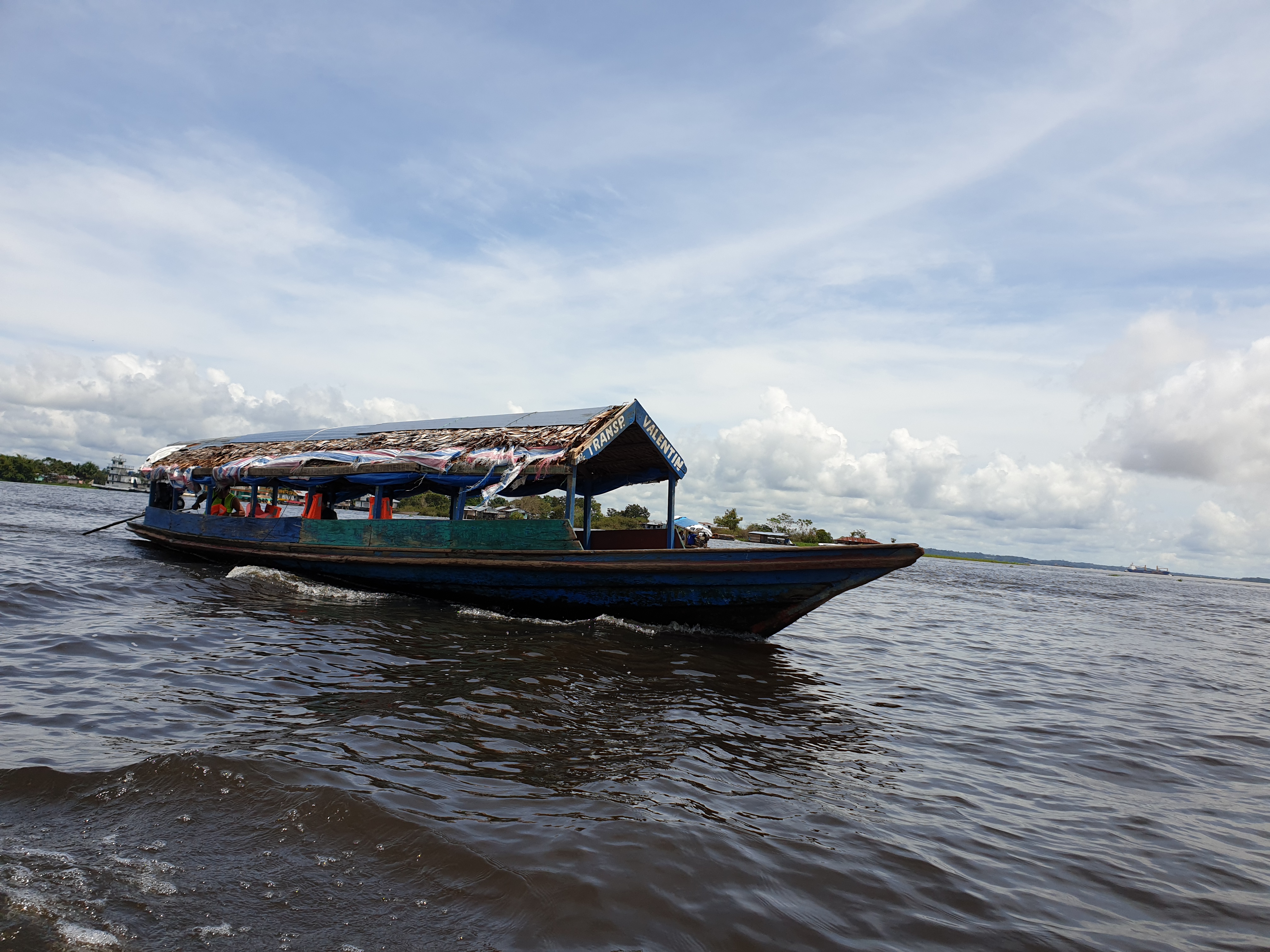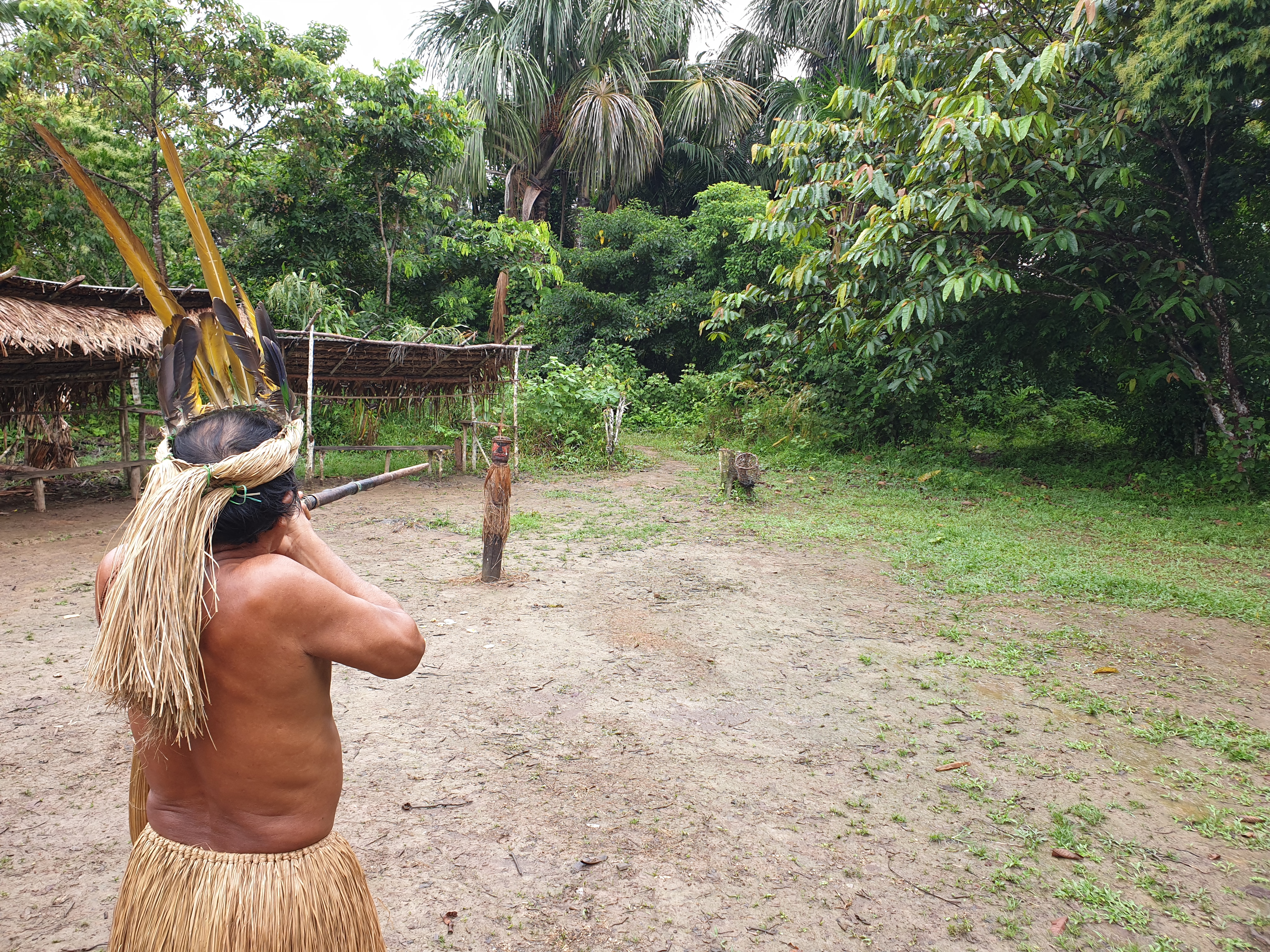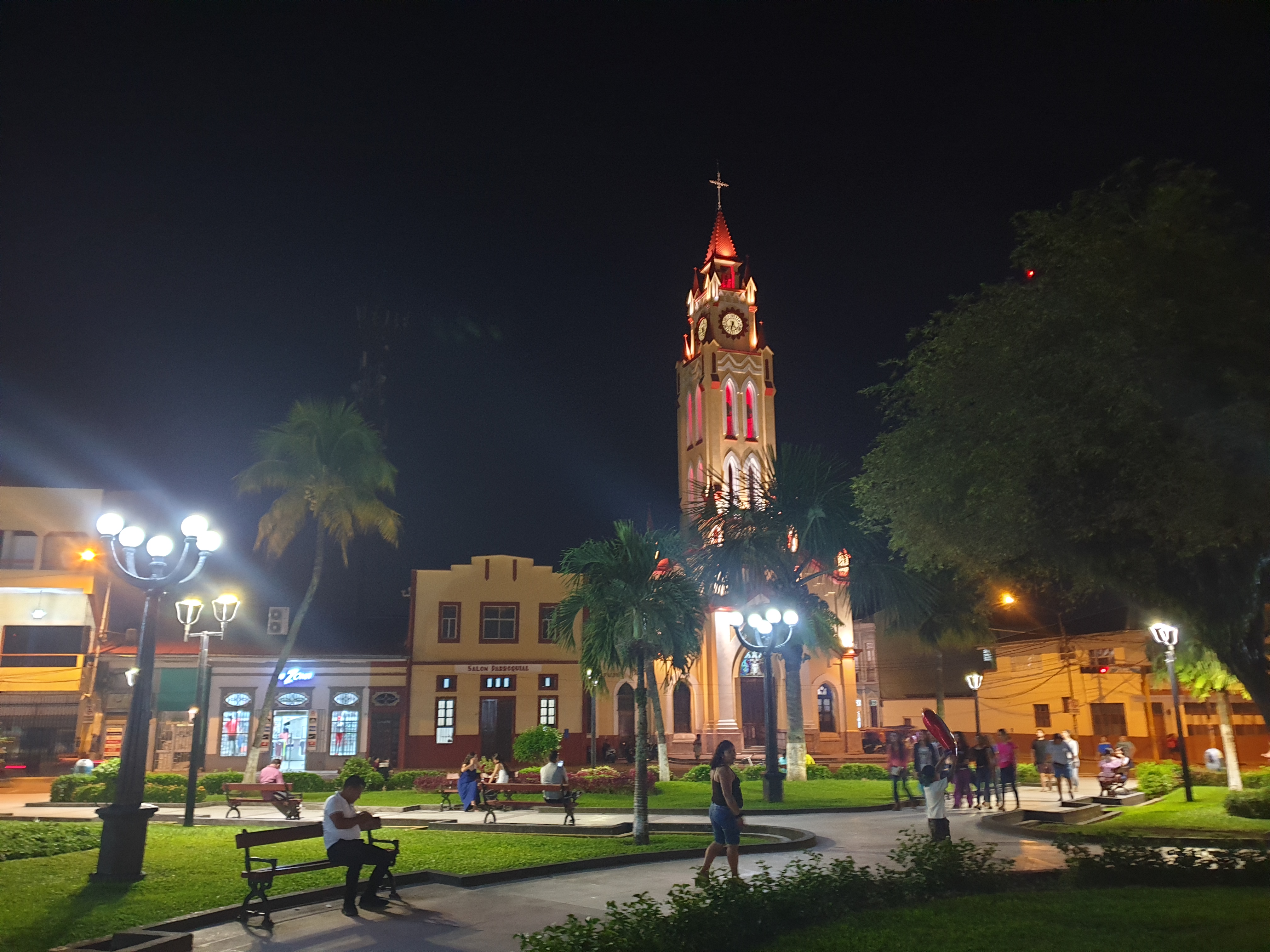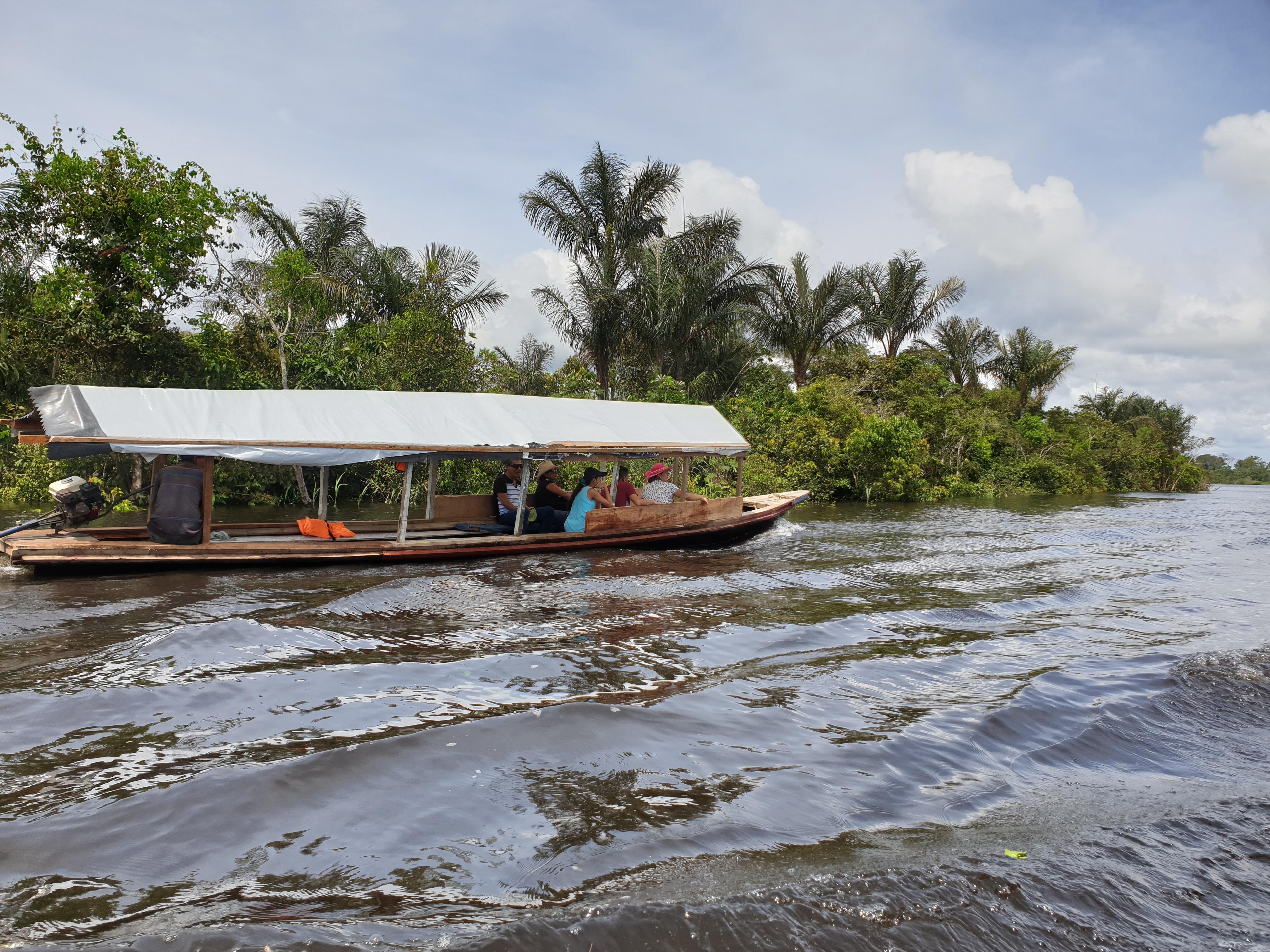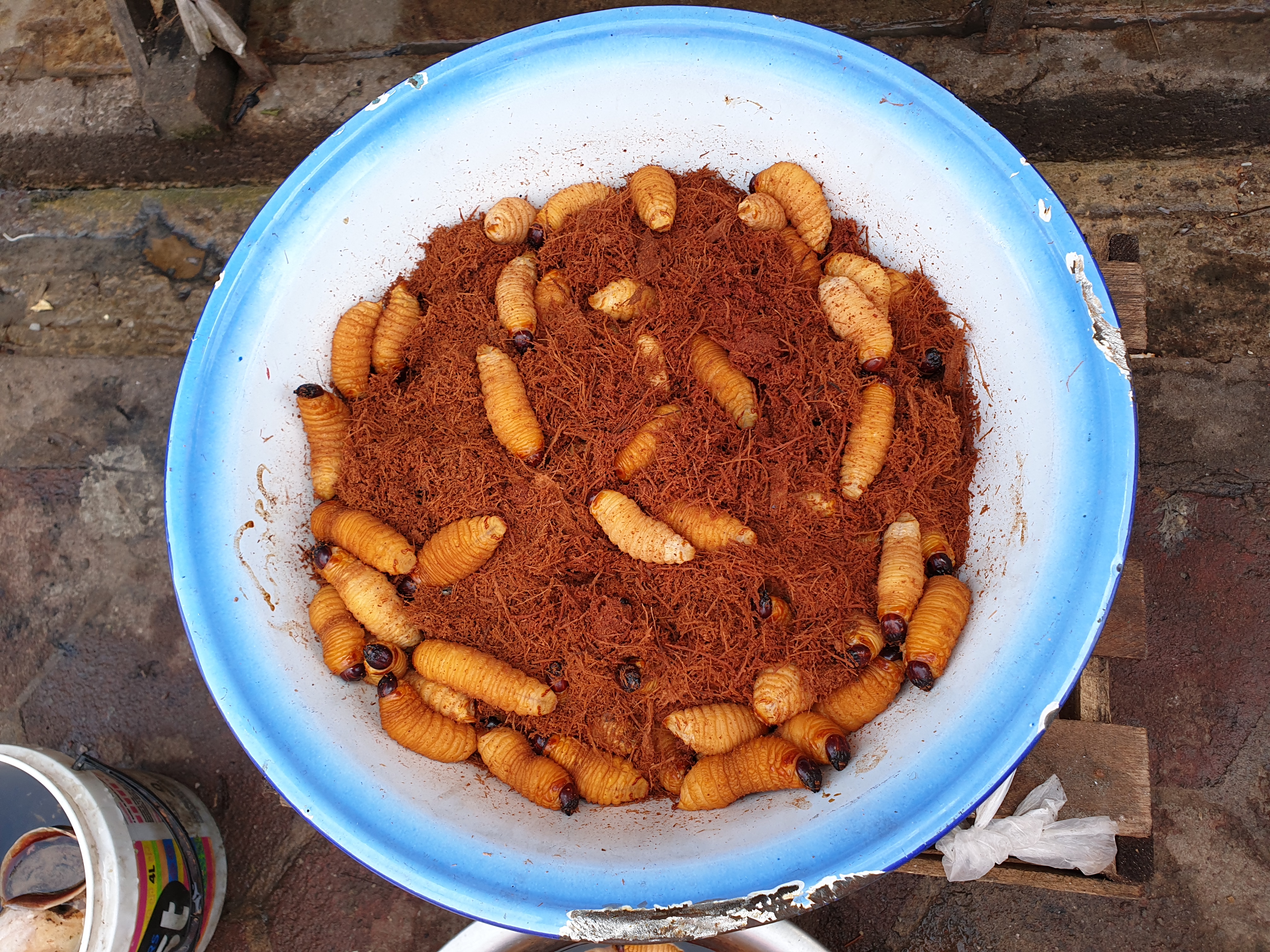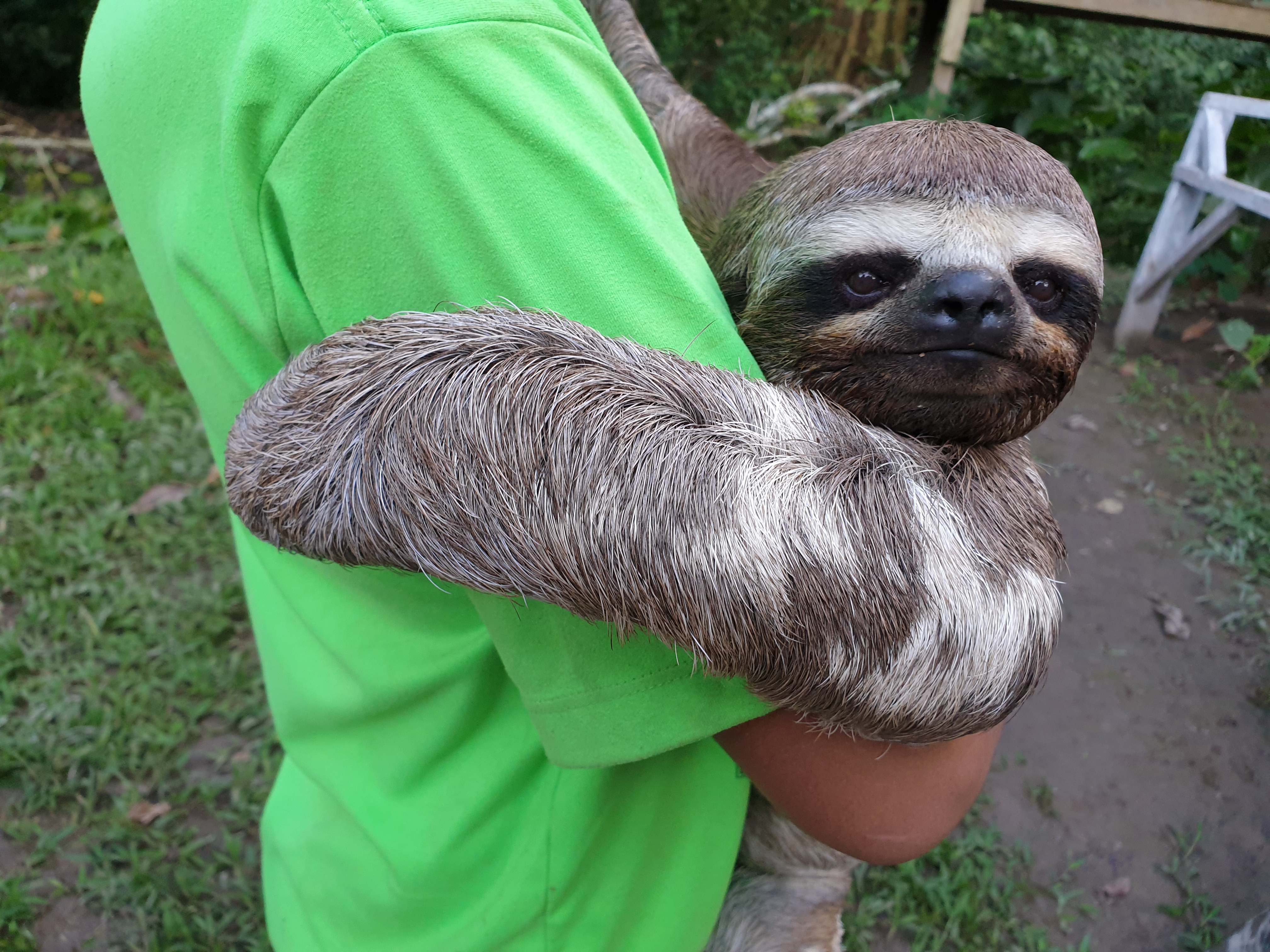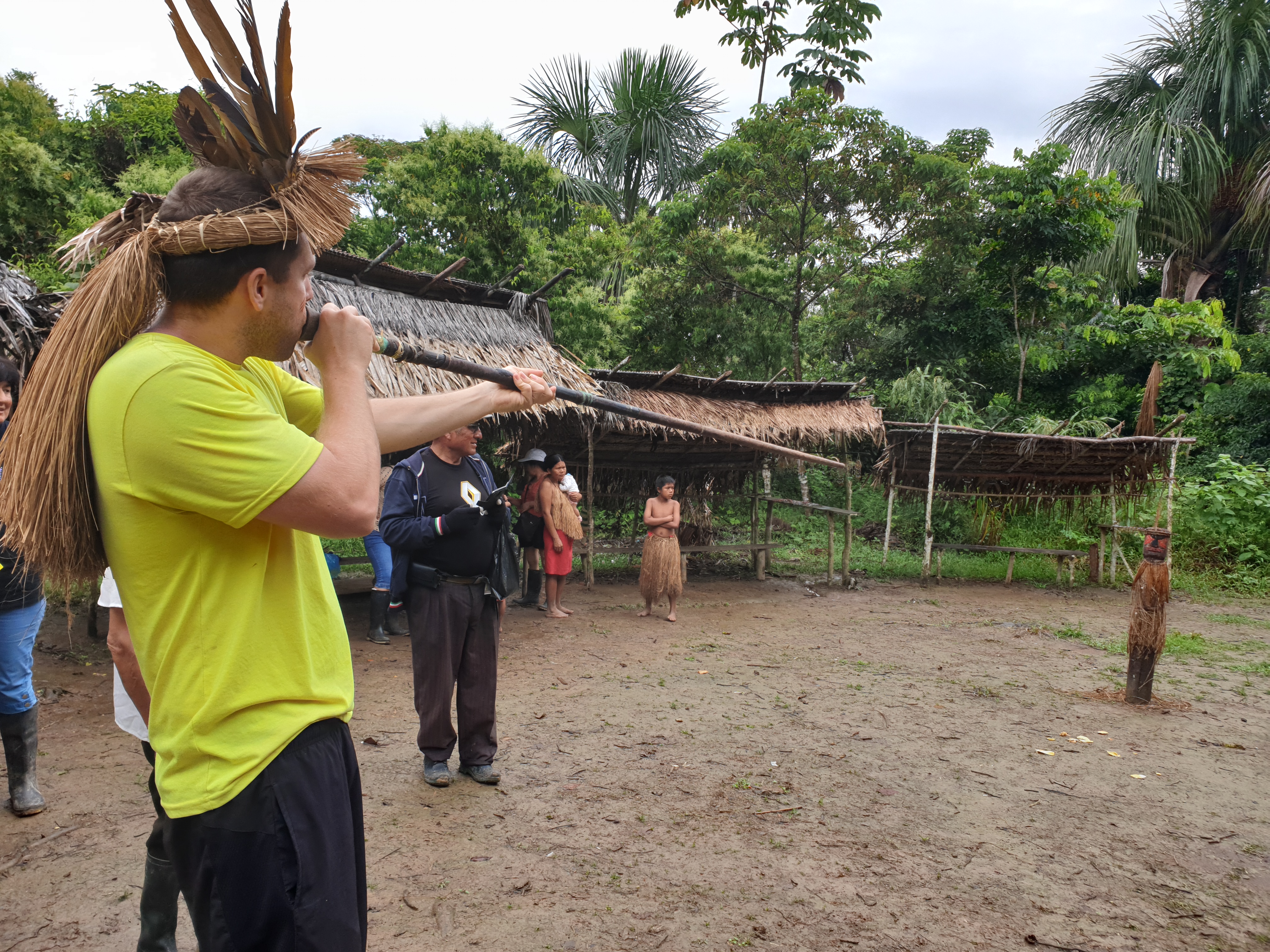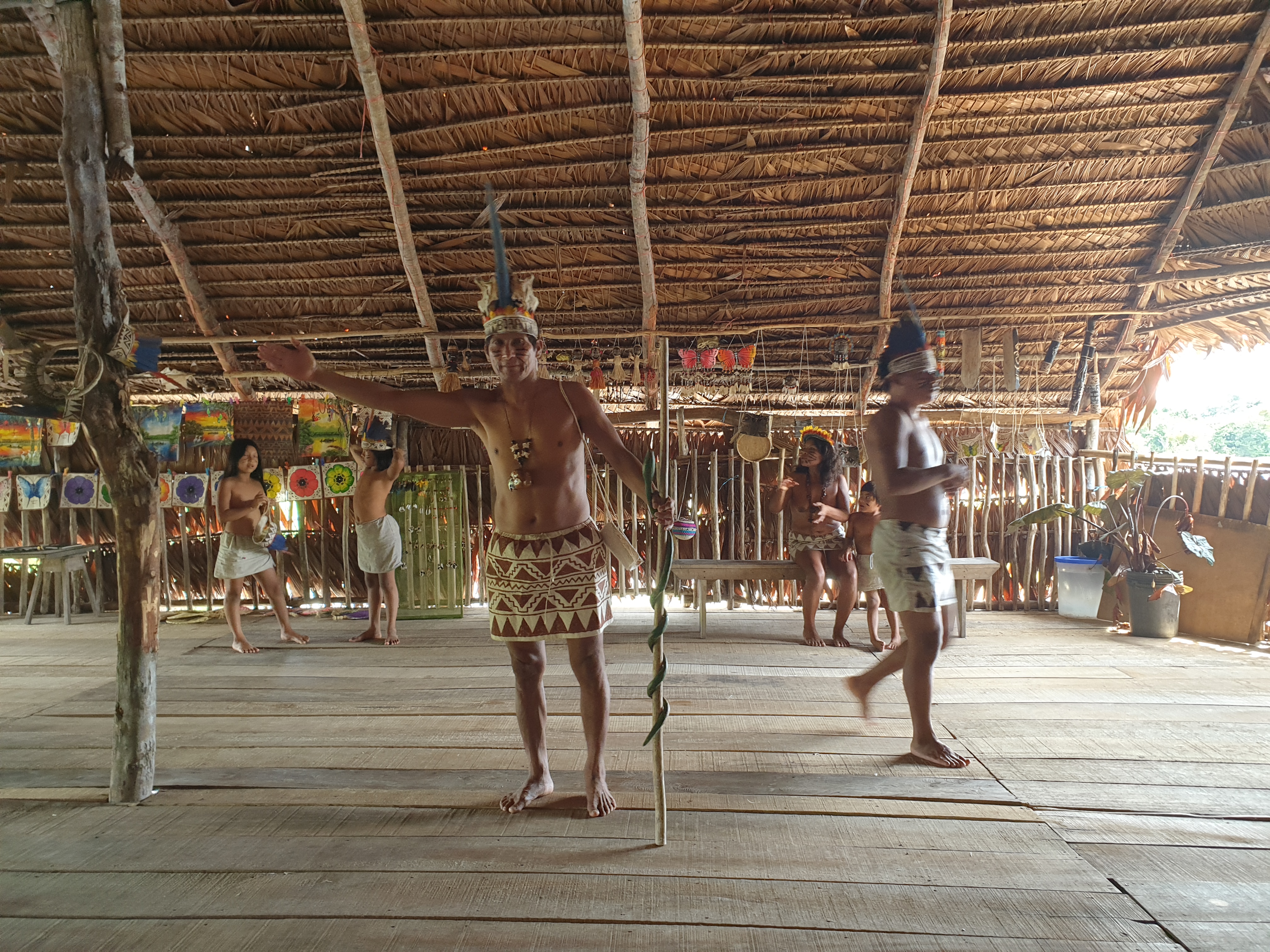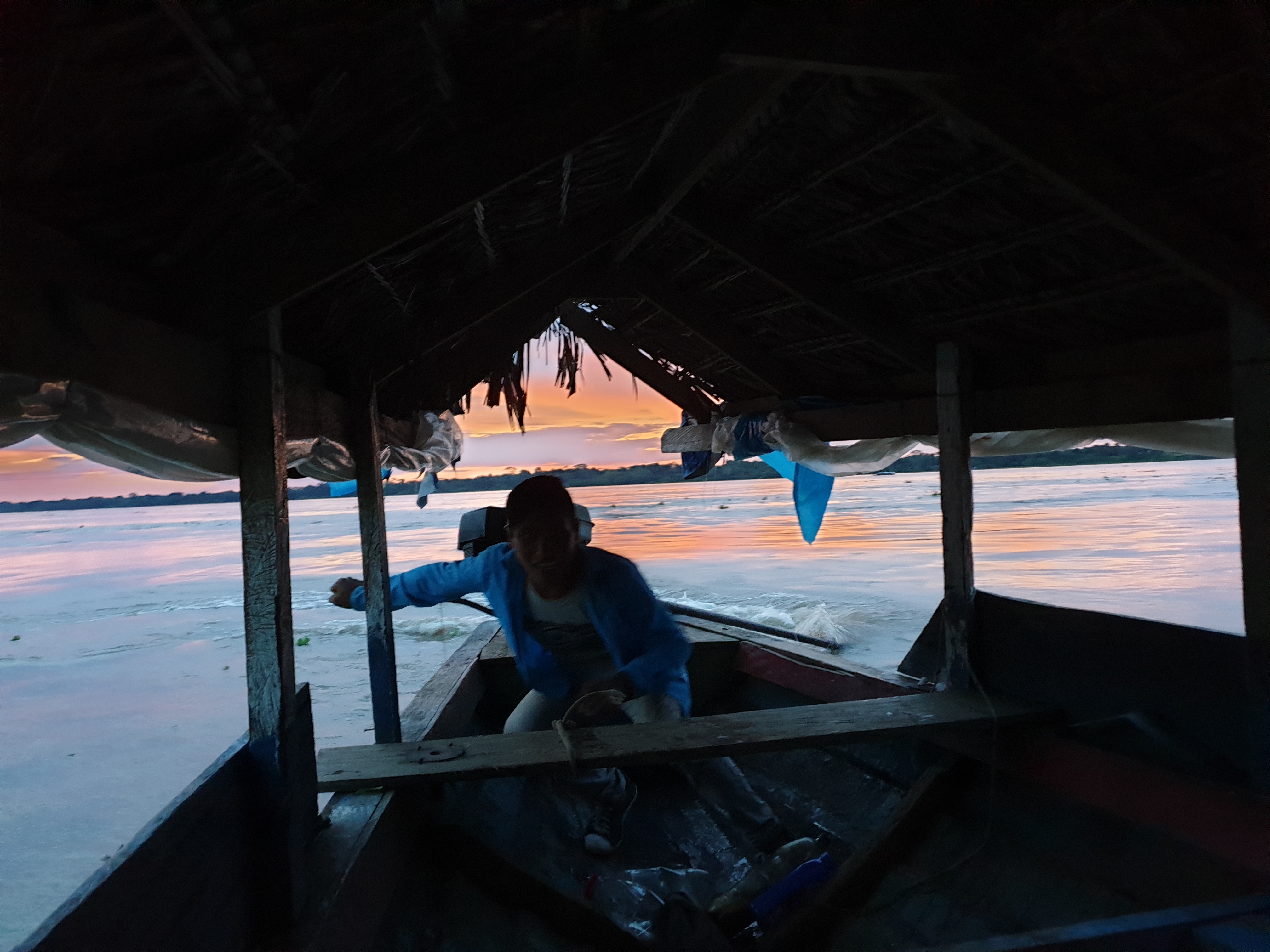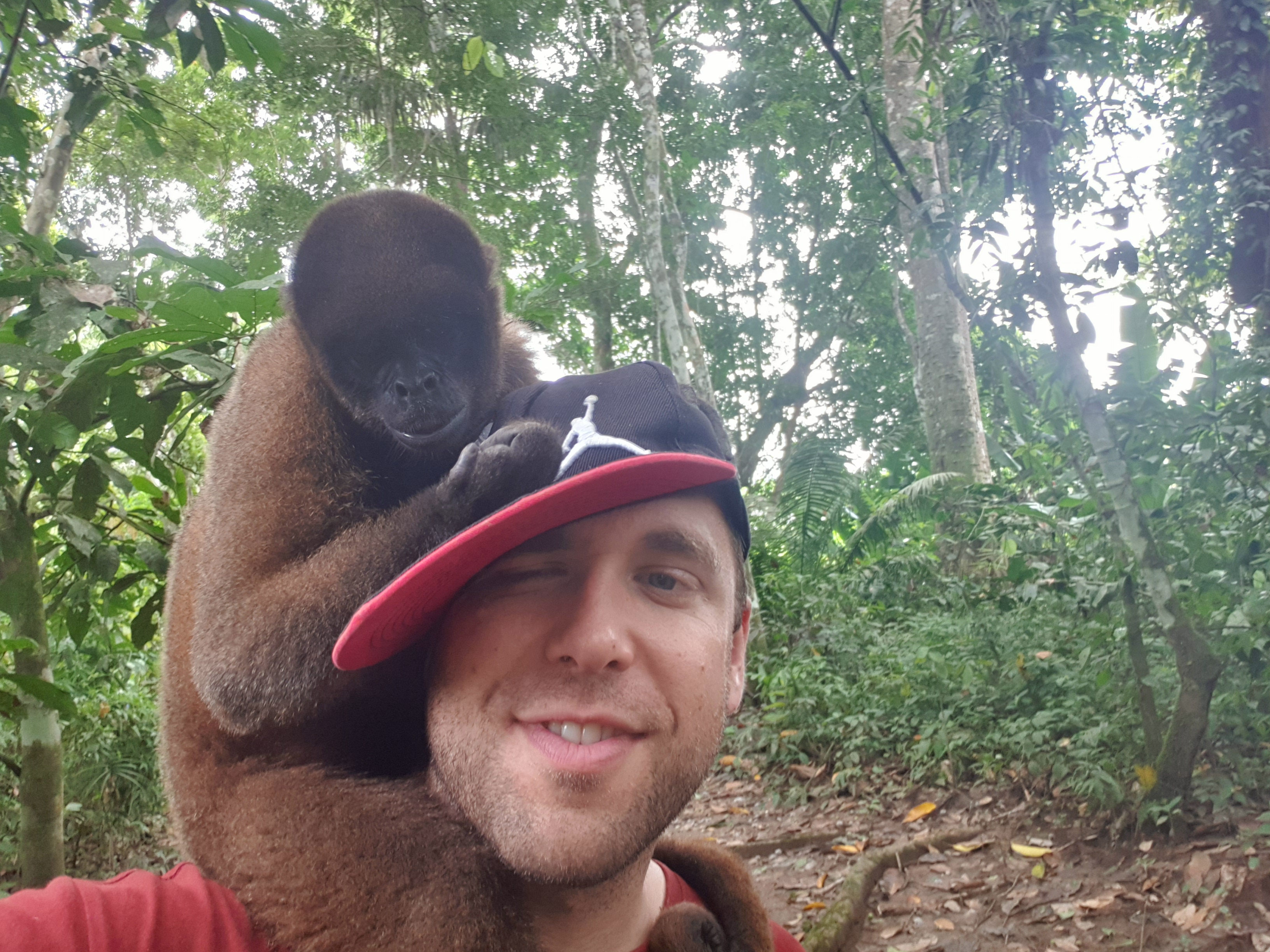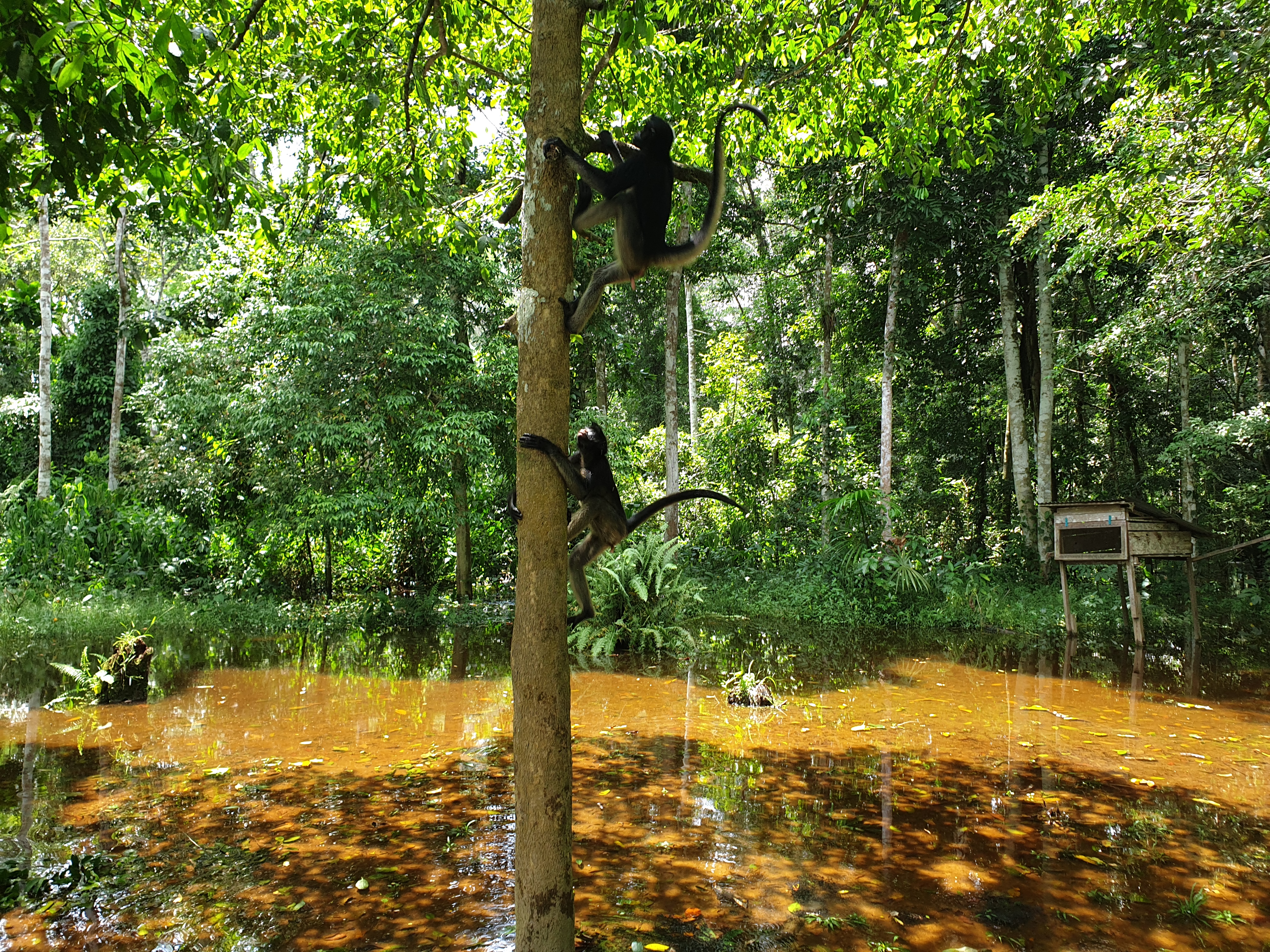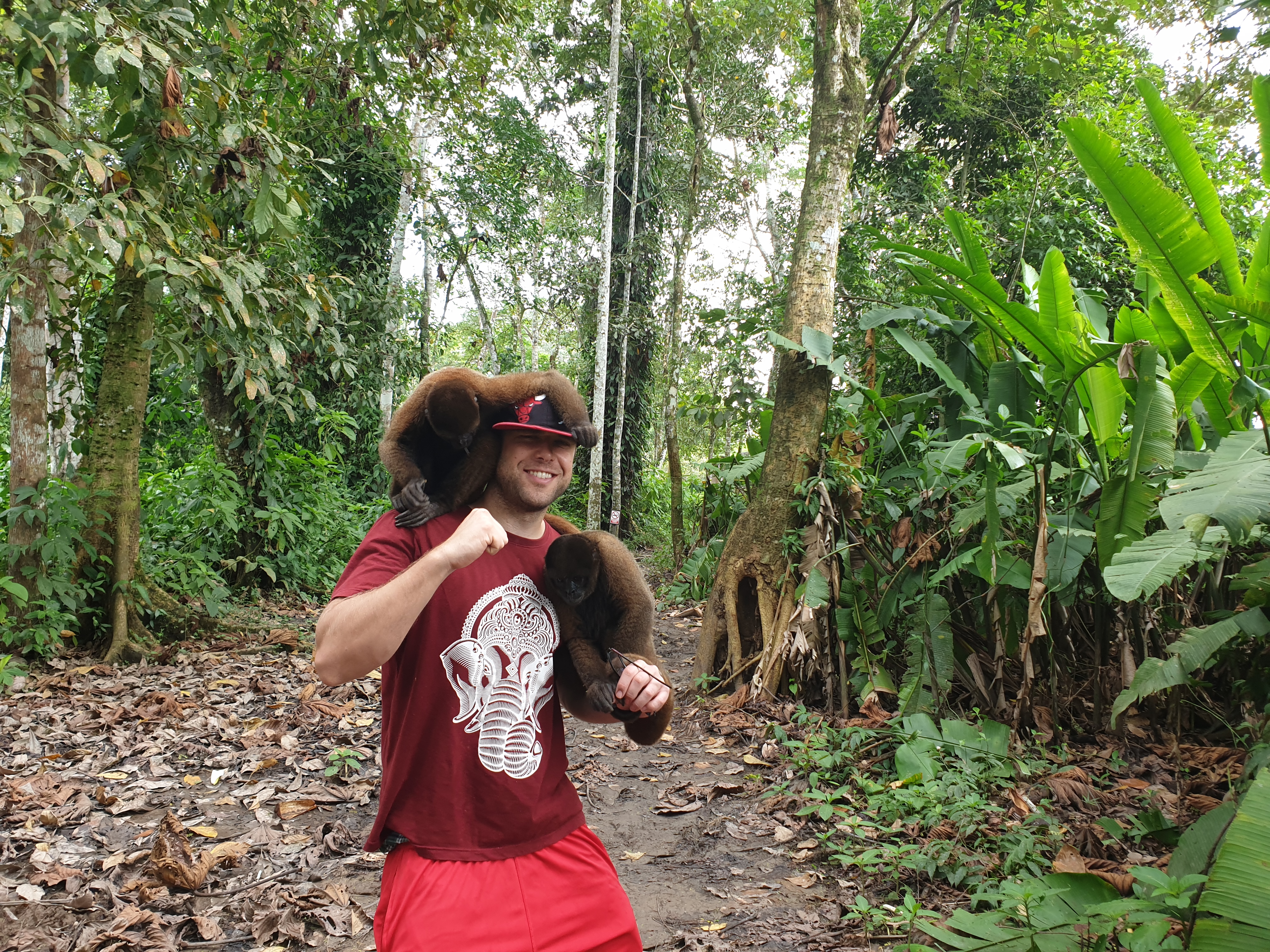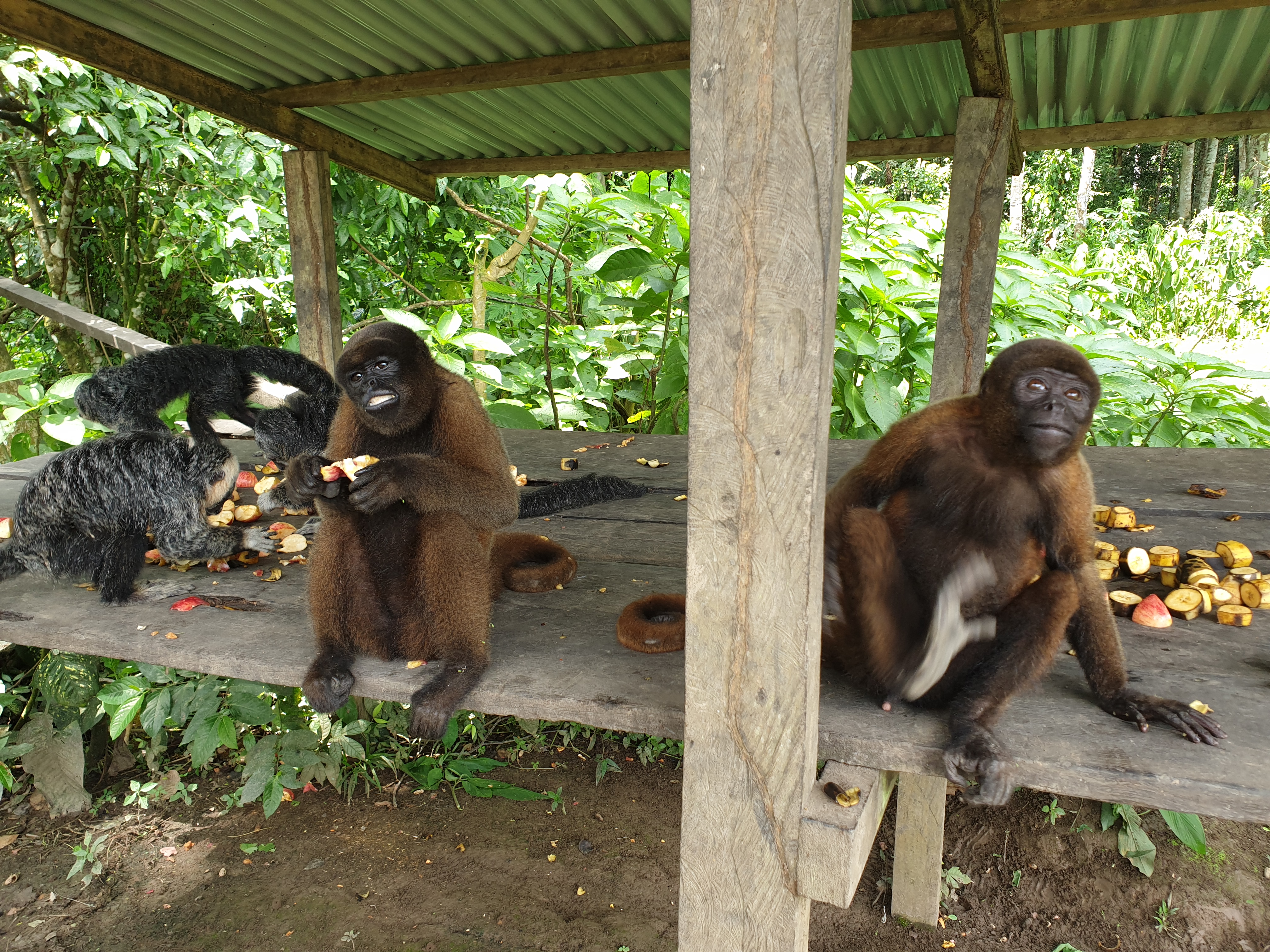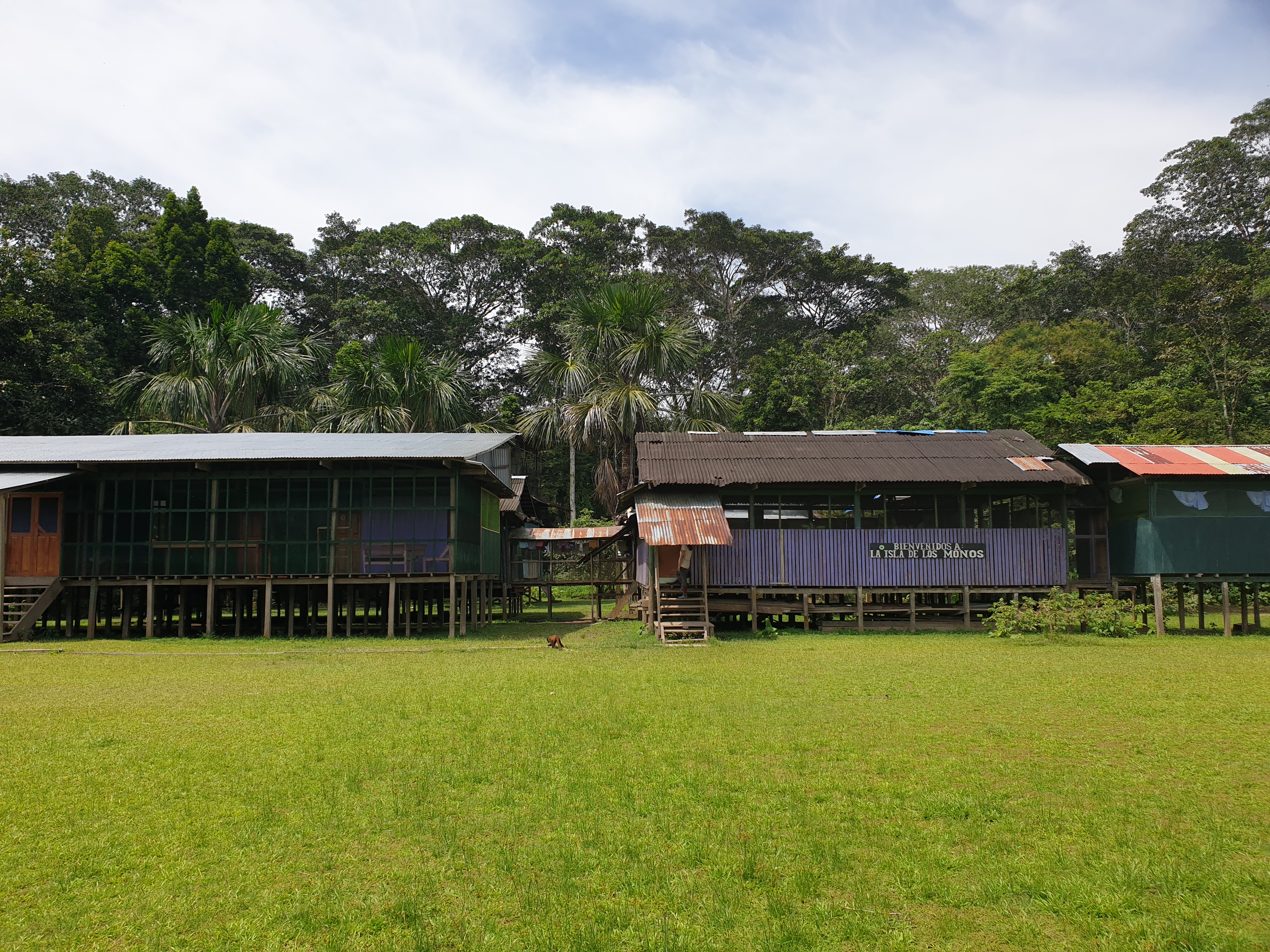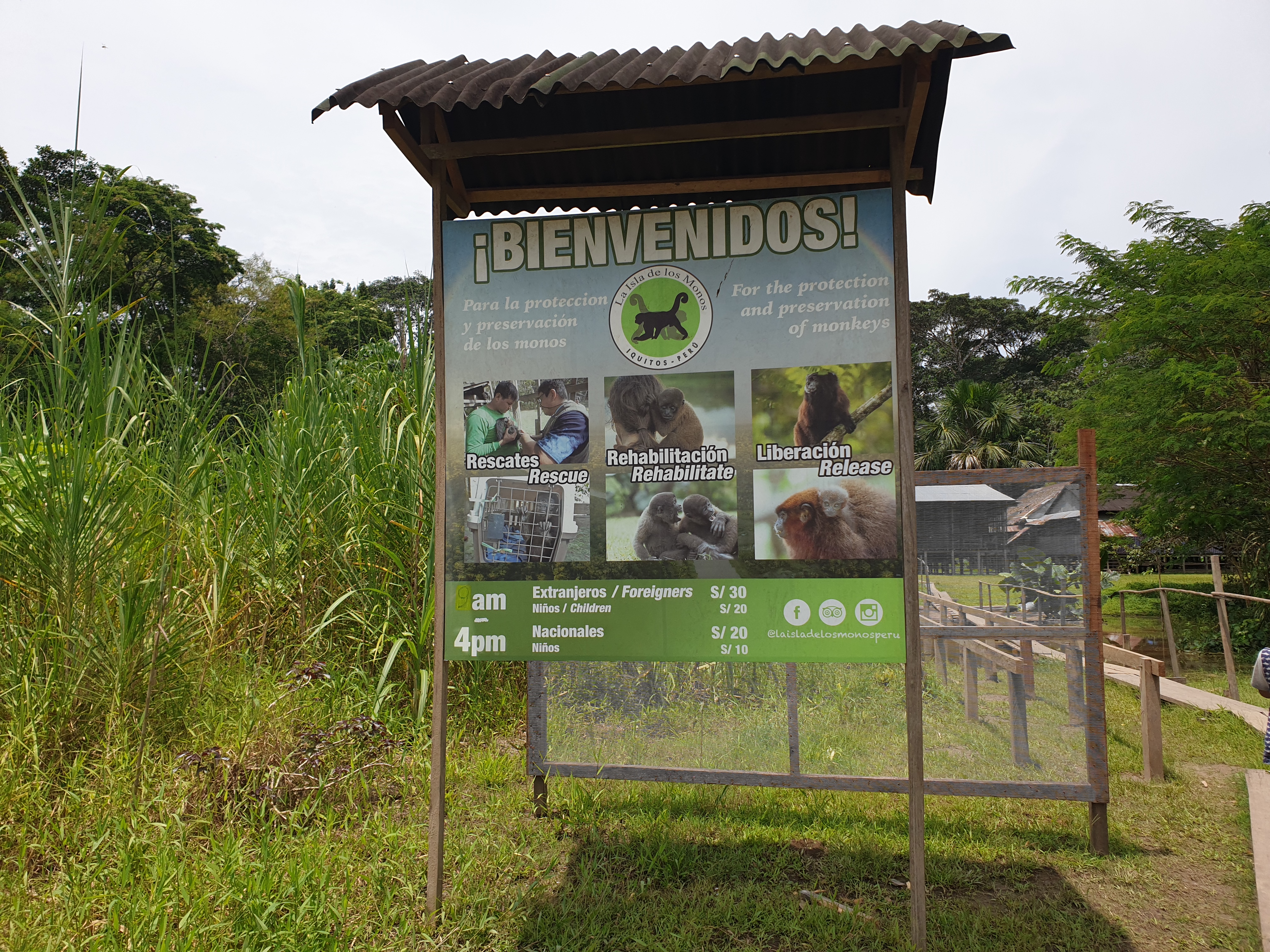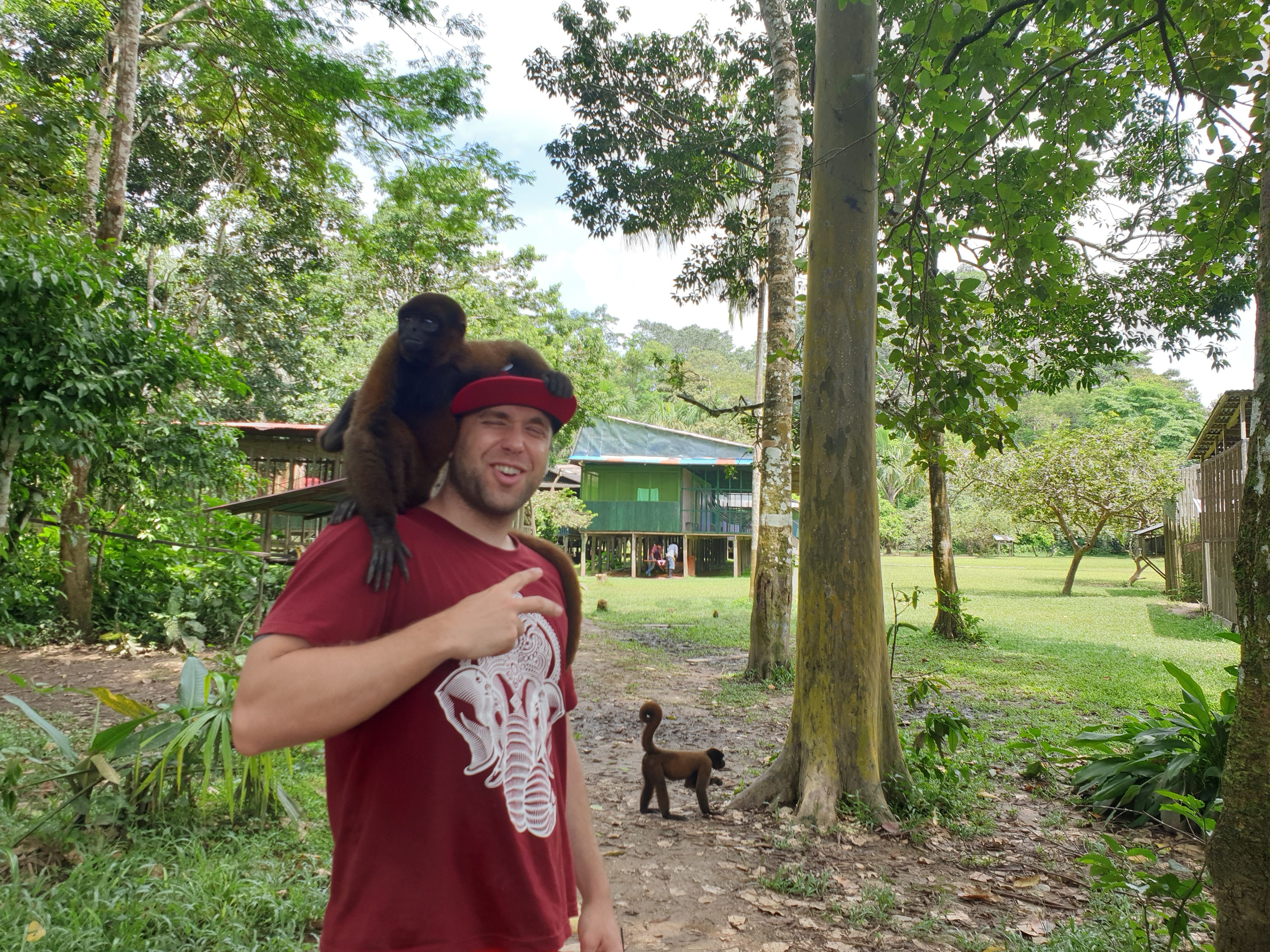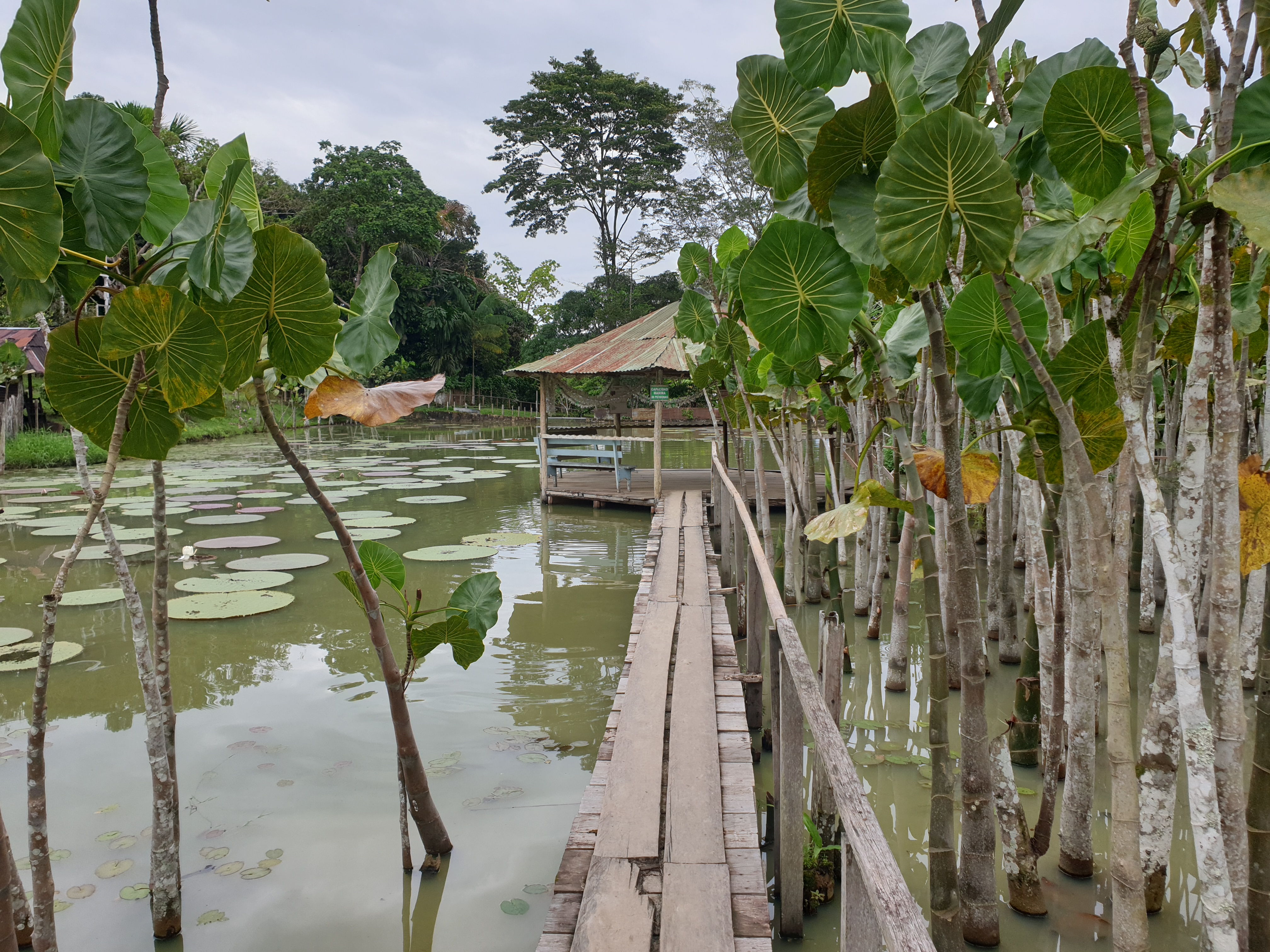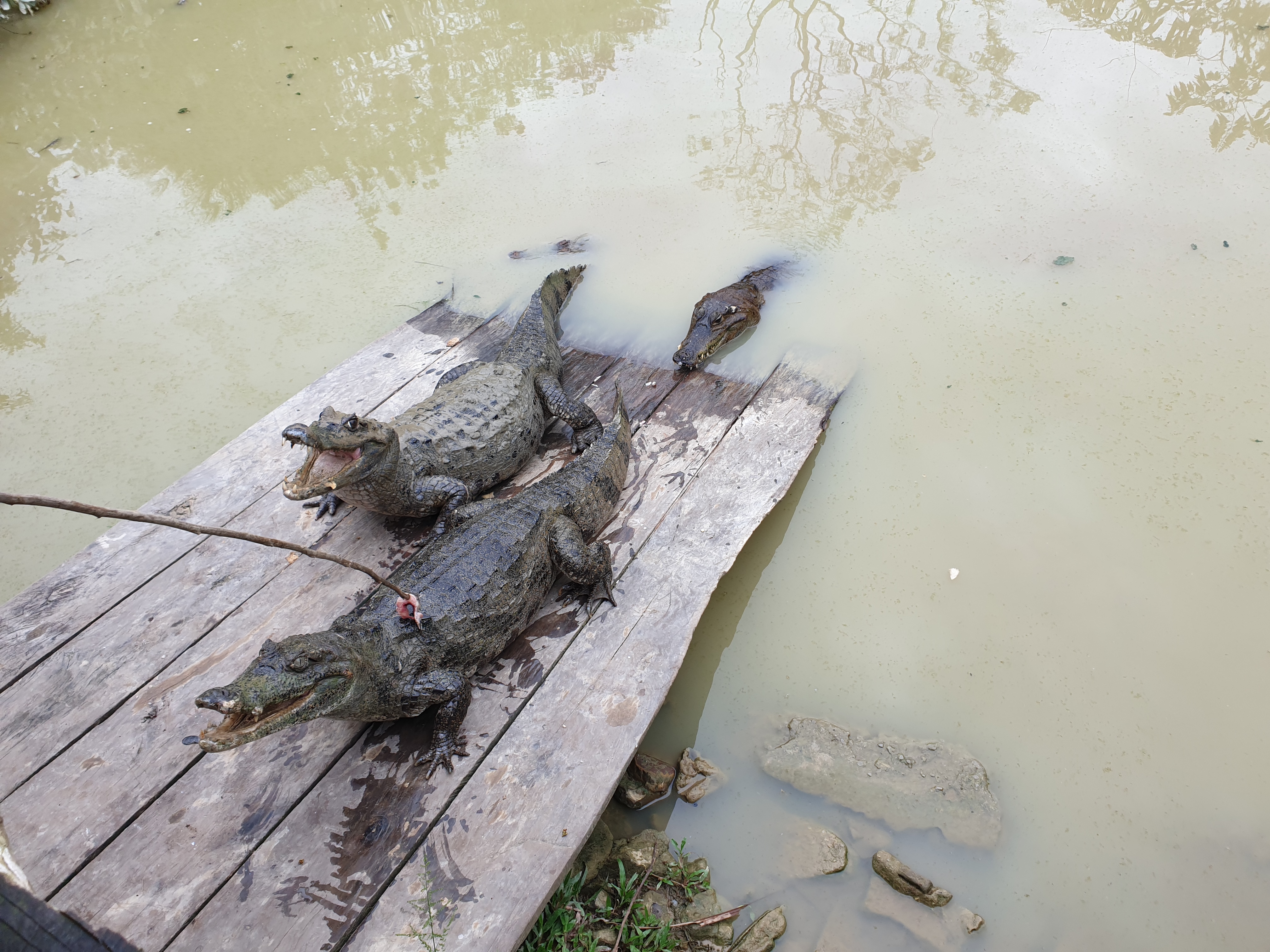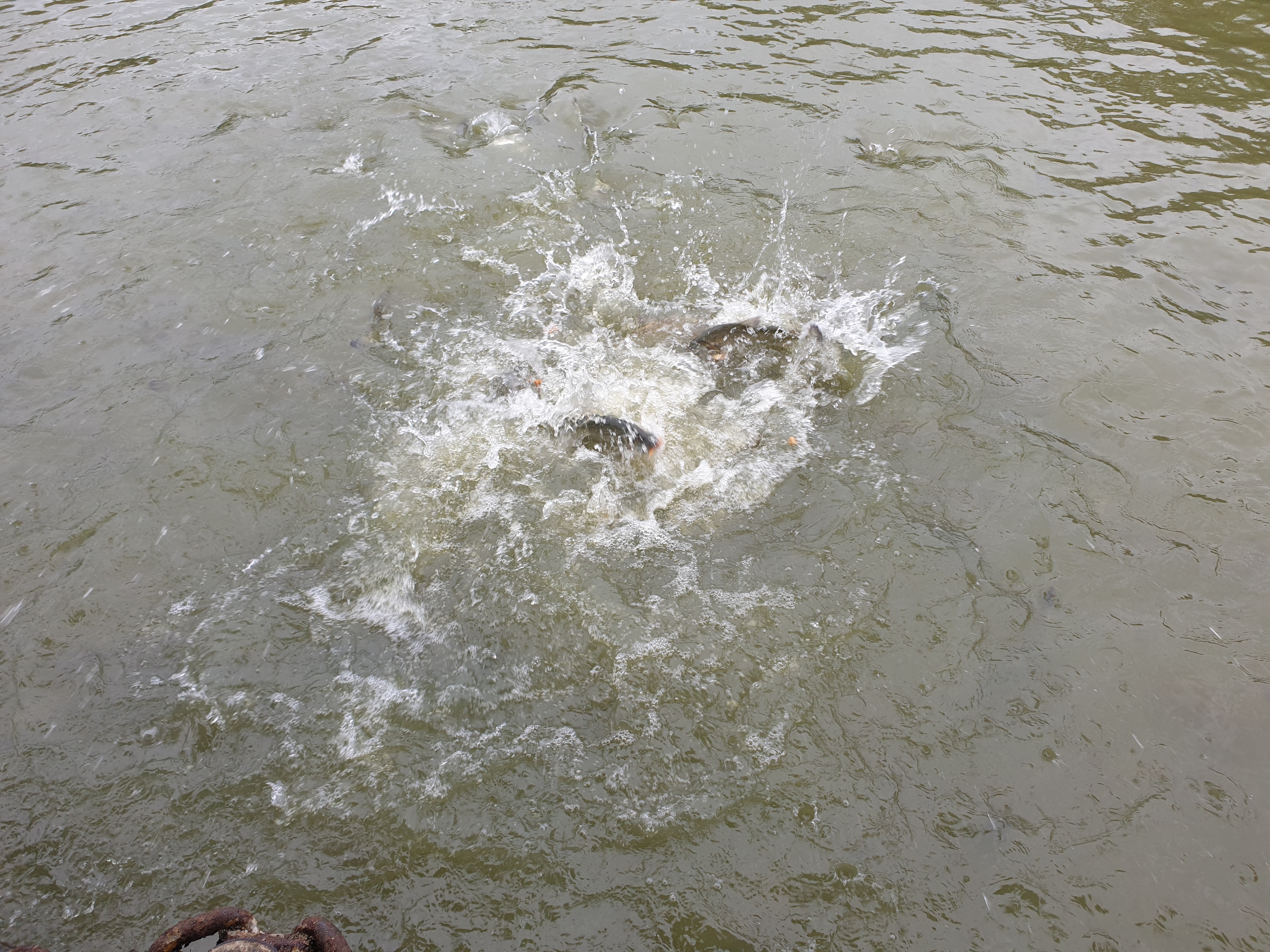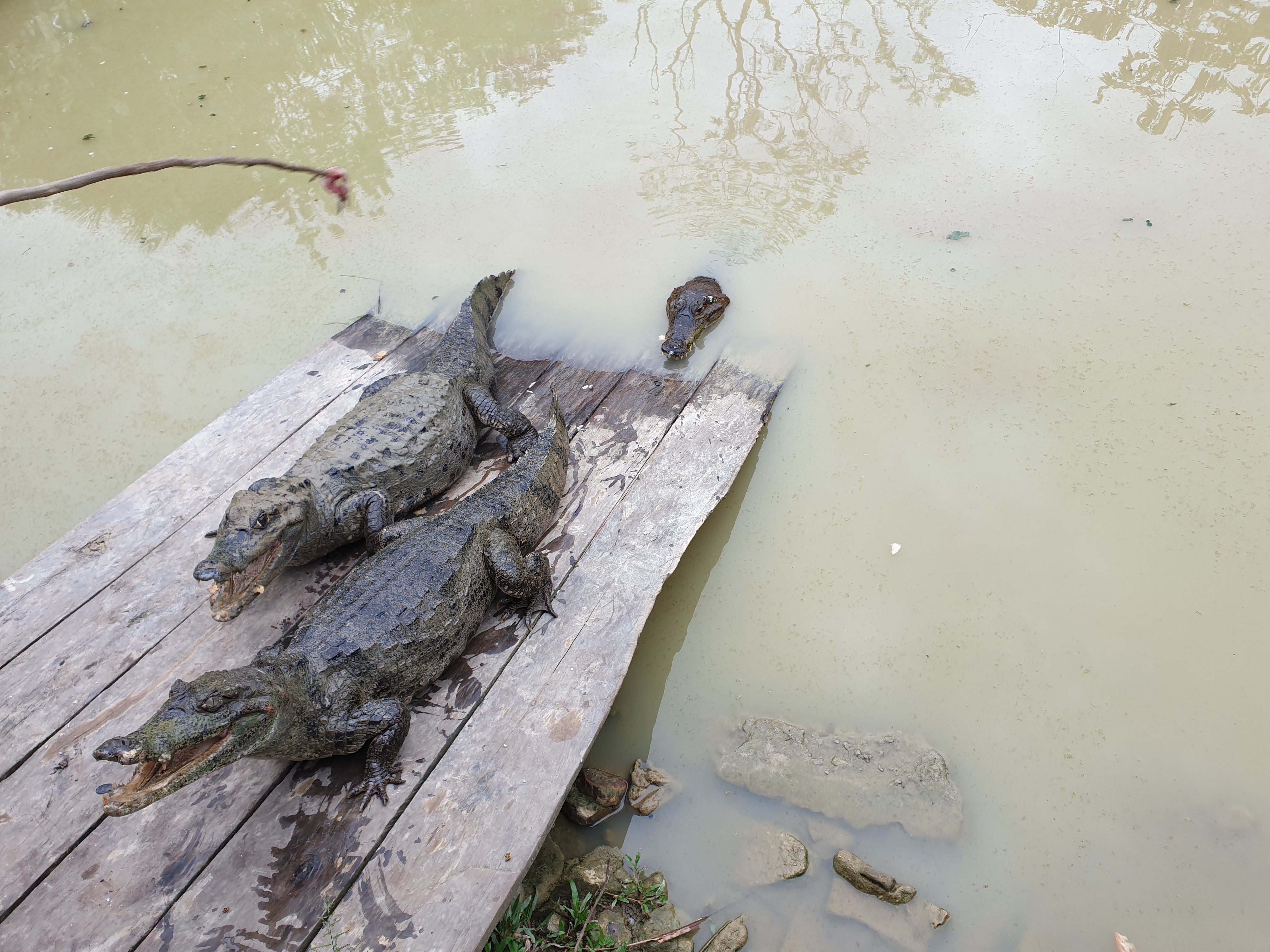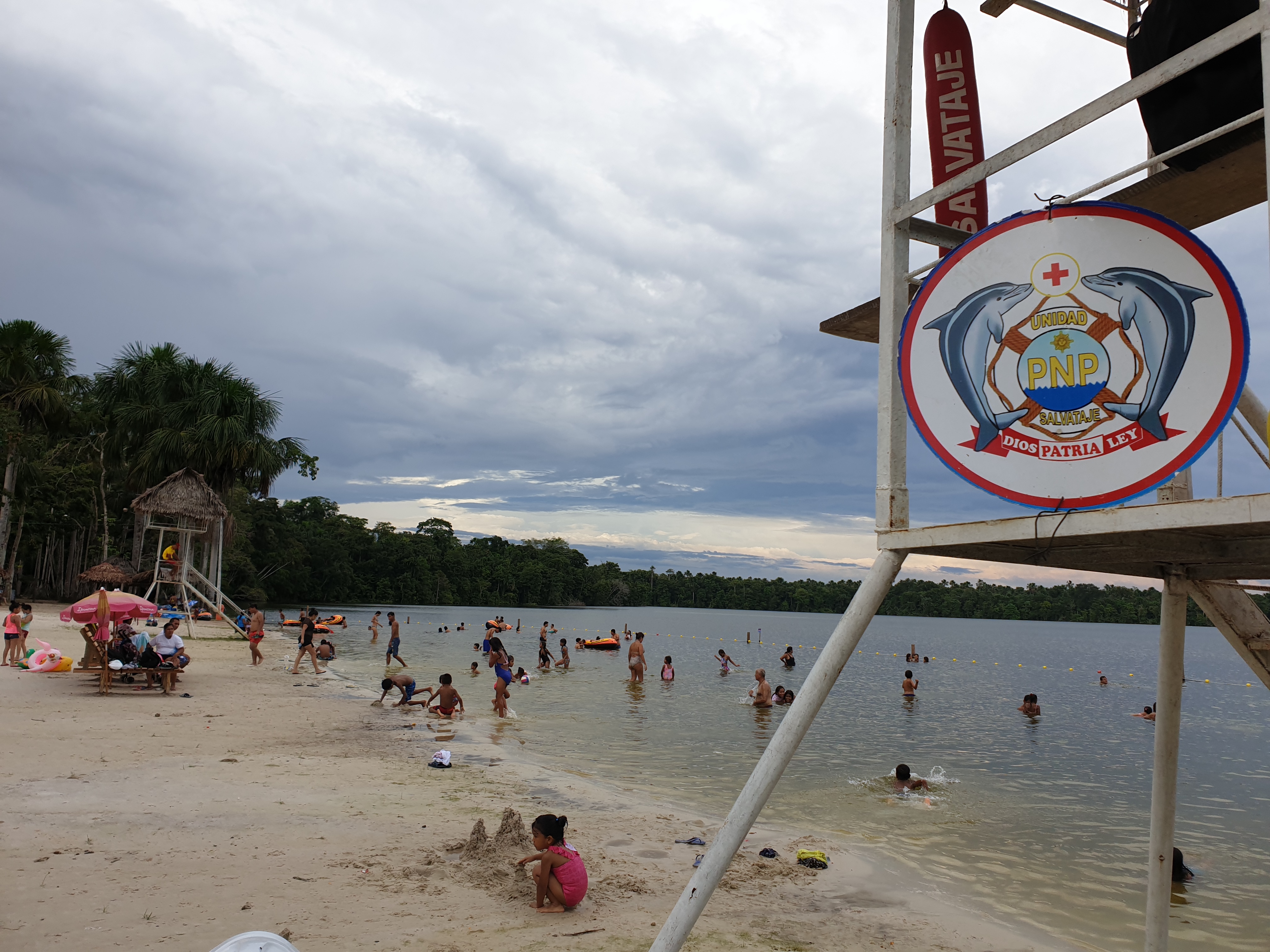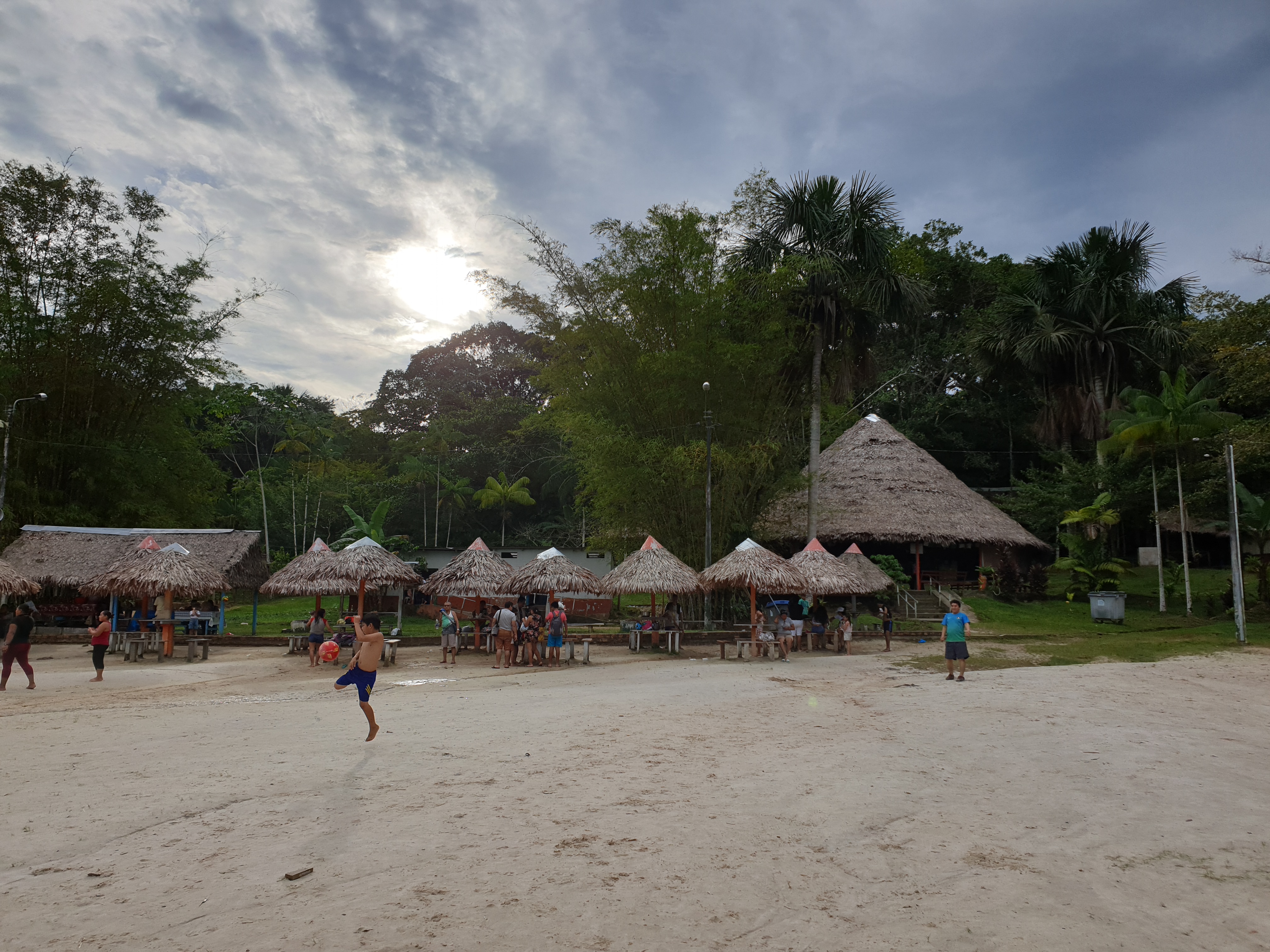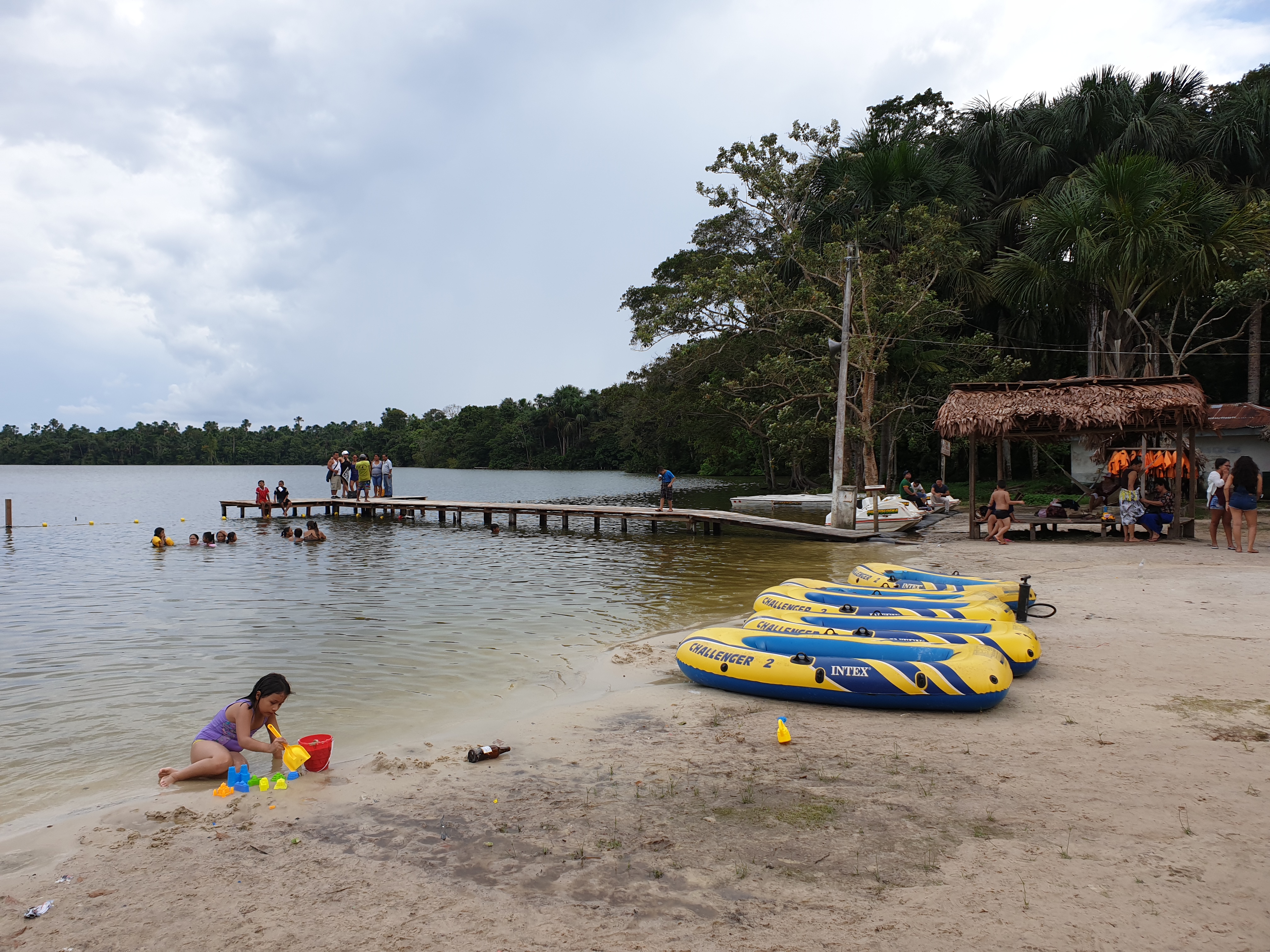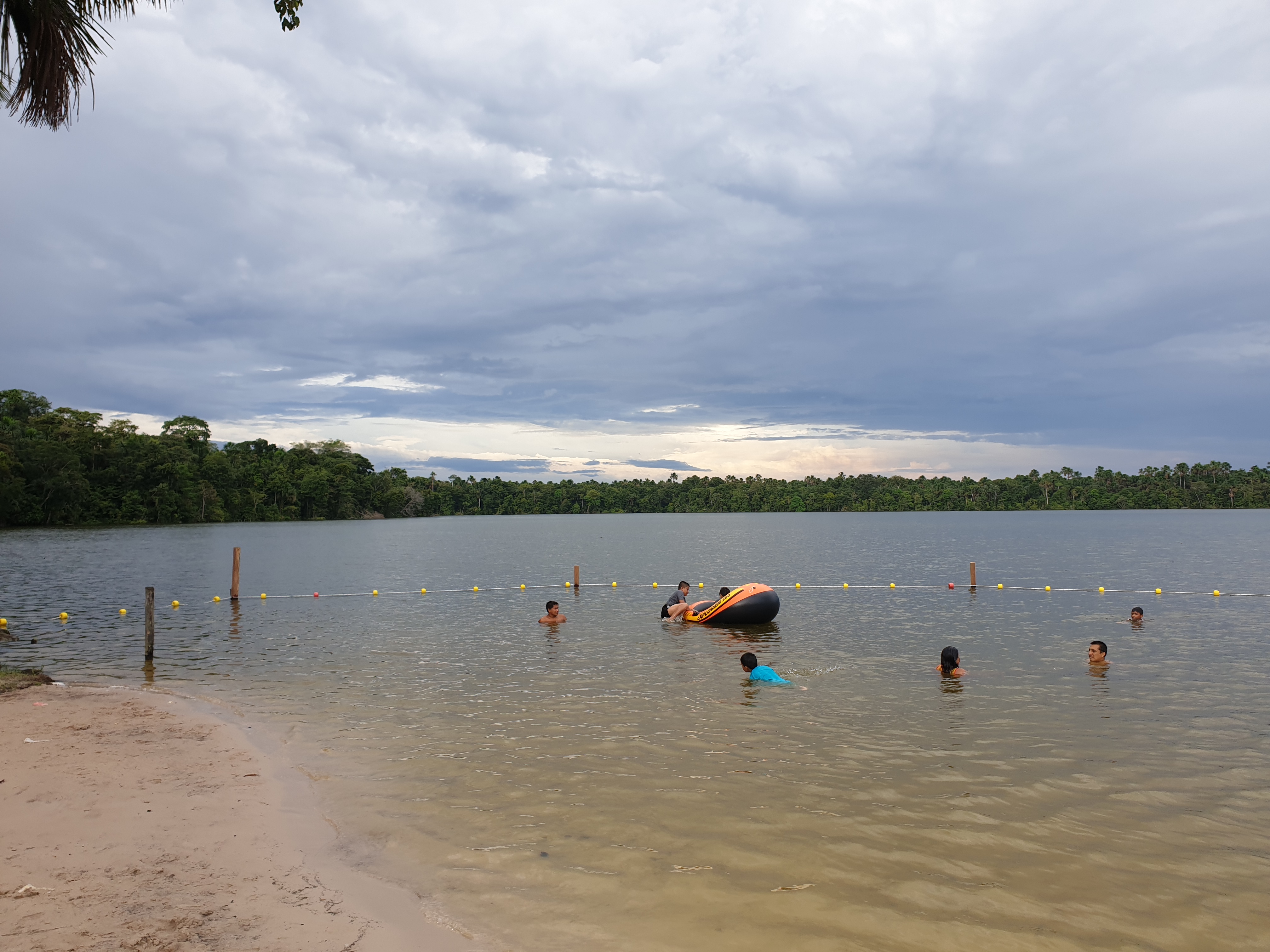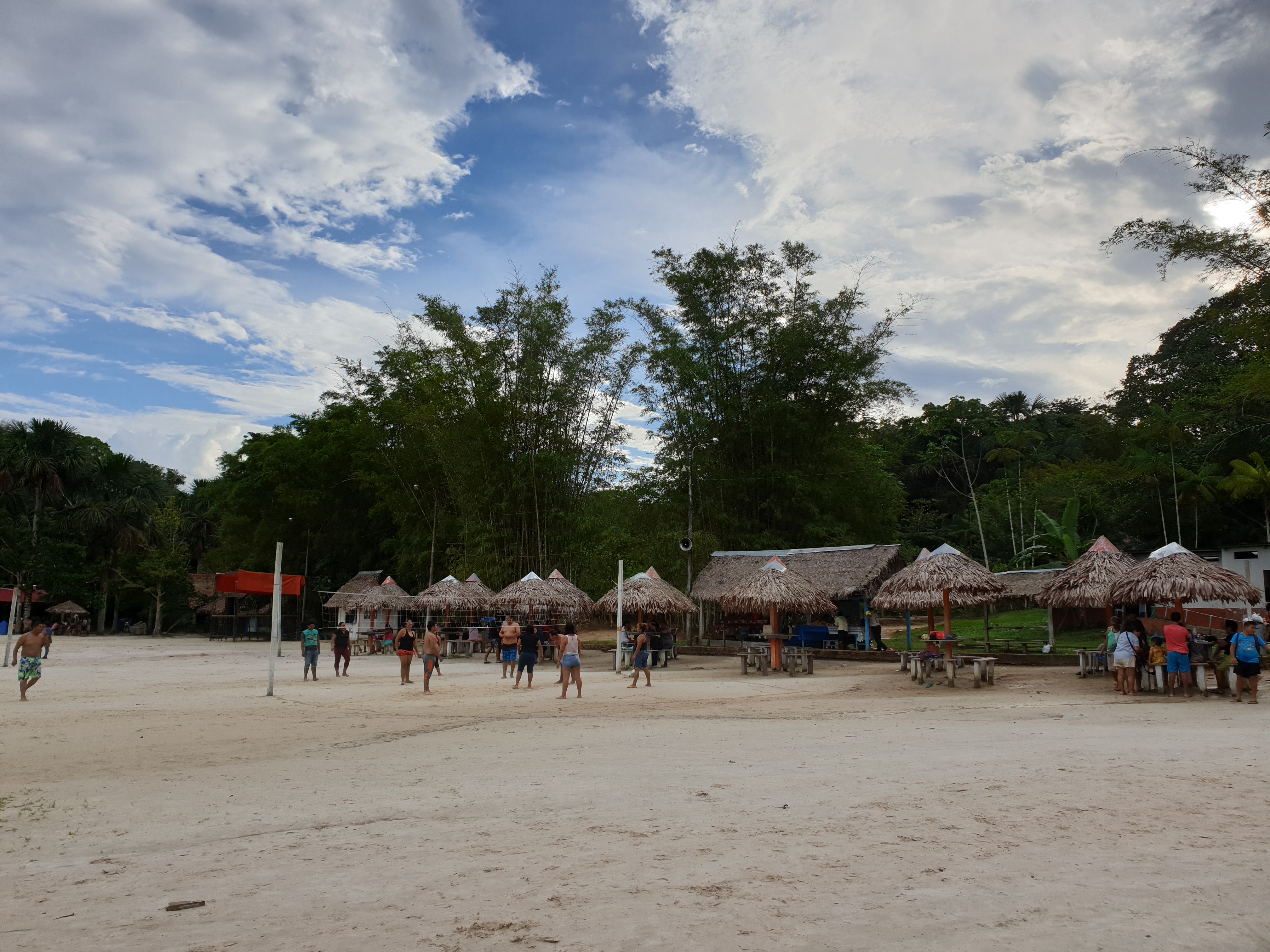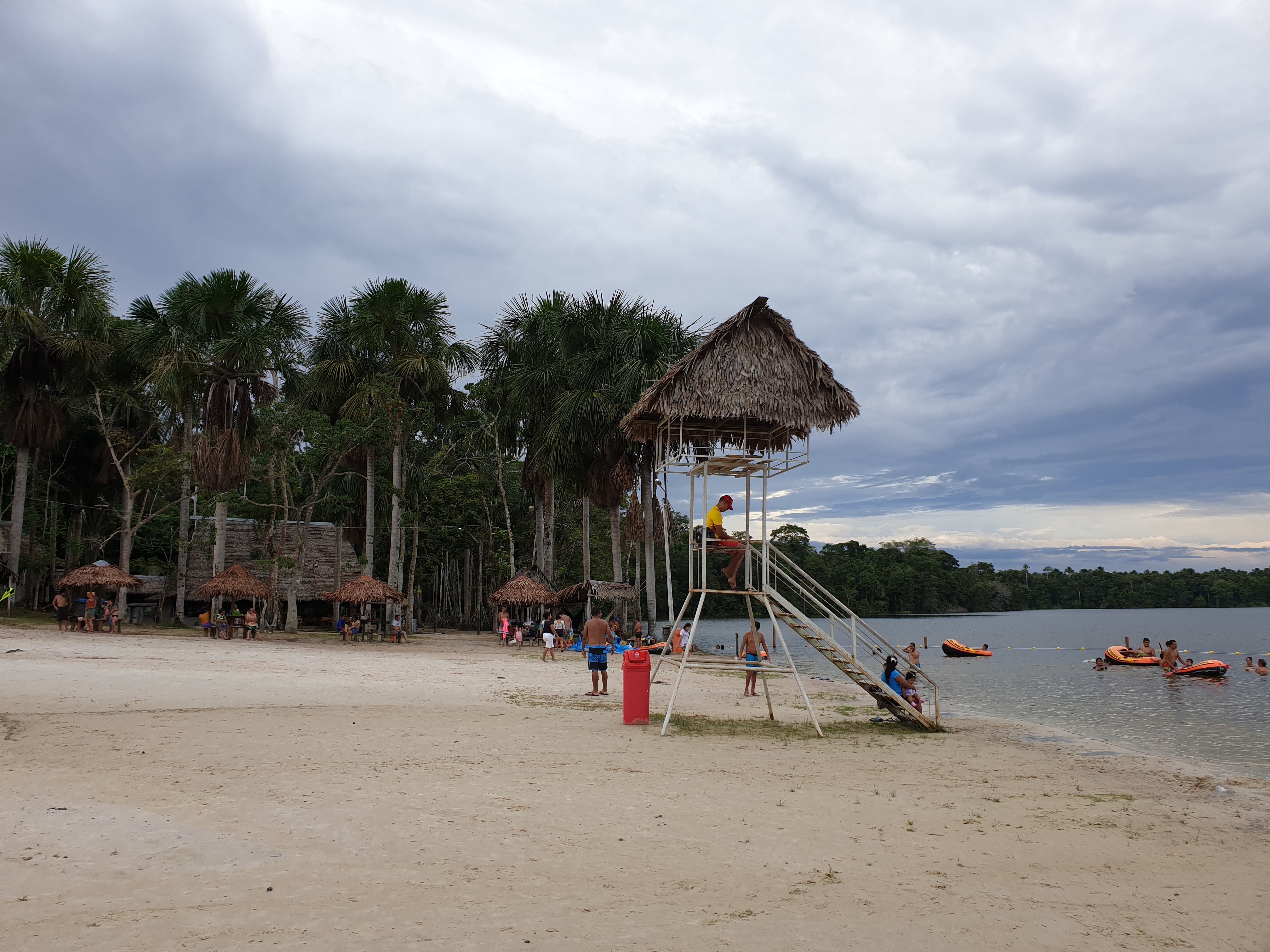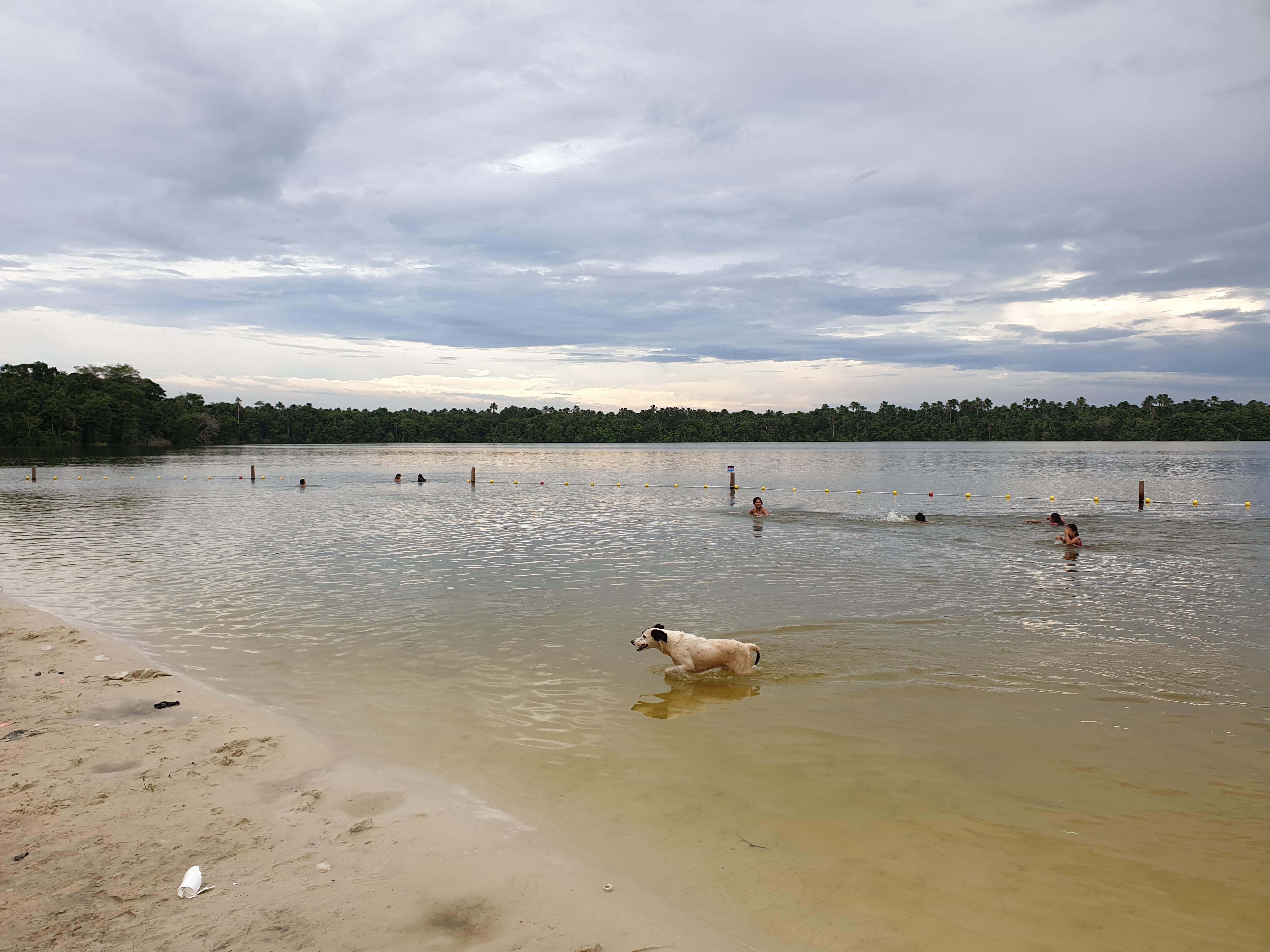Boasting access to multiple rivers and a surprising amount of international borders, Iquitos is the gateway to the Amazon. It sits on the Great Plains of the Amazon Basin, which is fed by the Nanay, Amazon and Itaya rivers. These waterways provide access to the Brazilian, Colombian and eventually the Ecuadorian border. This strategic location has made Iquitos a haven for indigenous tribal people from all around the neighboring jungle. Despite only being accessible by plane and boat, Iquitos has been flooded by people who are searching for a better life. Thanks to this constant migration its population exceeds 500,000, which makes Iquitos the sixth most populous city in Peru.
On top of being the largest metropolis in the Peruvian Amazon, it’s also one of the biggest tourist traps in Peru. This isn’t surprising, since this city is literally an island in the middle of a prime piece of Amazonian jungle. Despite exporting petroleum to neighboring countries from its natural reserves, Iquitos has the most expensive gas prices in all of Peru. Unfortunately, gas isn’t the only thing that’s expensive in Iquitos. Everything from propane to motorcycles is more expensive, which makes Iquitos the second costliest city to live in all of Peru. While the outrageously high living prices are partly due to government corruption, the city’s remoteness doesn’t help.
To make matters even more complicated, the entire Loreto region is plagued with extreme levels of poverty. The lack of transportation, education, & government assistance has created a volatile environment. While the terrorism that rocked the area in the 90’s has mostly been dismantled, the area is still rife with drug trafficking and illegal logging. These social conundrums go mostly unnoticed, since a new subject is stealing the show. Desperate for a legal source of income, the locals are clinging to a new form of salvation; international tourism.
Long before the Amazon rainforest was ranked one of the Seven Natural Wonders of the World, Iquitos was seducing foreigners. From the Portuguese Bandeirantes (slave traders/fortune hunters) to the Spaniards, multiple European settlers set their sights on Iquitos. The surrounding jungle is home to over 850 plant, 130 mammals, 330 bird, 150 reptile and 250 fish species. This staggering amount of exotic wildlife is charming enough to captivate even the most jaded tourist. While the area was first inhabited by Iquito natives and Spanish Jesuits, the area didn’t gain notoriety until the Amazon rubber boom in 1880.
Spearheaded by the infamous Peruvian Amazon Company (PAC), the 19th century Amazon rubber boom flooded Iquitos with European workers. While this migration made some visitors rich, it came at a high cost to locals. Thousands of natives were forced by PAC to work in near slavery through force and harsh conditions. When PAC’s horrific abuse of indigenous workers was exposed in 1913, they lost their backing in the UK. This coincided with cheaper rubber production in Asia, which effectively brought an end to Iquitos’ rubber industry.
Now that tourism is a vital source of income for the entire region, the tables have turned. Today tourists in Iquitos are routinely milked for as much money as physically possible. Through long tours with few attractions, luxurious lodges and outrageously high priced ayahuasca ceremonies, no dollar goes unclaimed. This once pristine jungle oasis has been transformed into the most whored out piece of the Amazonian jungle. From the monkeys to the natives, no part of this area has escaped being turned into a Disneyland style attraction.
Any innocence Iquitos had dried up decades ago, and everyone wants their piece of the city’s tourism. While the desperation that fills the air is palpable, it still can’t completely destroy this city’s charm. Despite being costly, this is still an area of the jungle that deserves to be explored. To highlight what’s available, we listed the coolest places to visit in Iquitos. Be sure to bring extra cash when visiting, since you are going to need it when surviving this surprisingly parasitic city!
Best Places to Visit in Iquitos
Attraction #1: Isla de los Monos – This island is tucked away off the Río Amazonas about 30 km outside Iquitos. Spanning an impressive 450 hectares, this area is home to a staggering amount of monkeys. From 40 types of monkeys to 13 species of sloths, the isla de los monos lives up to its name. To date they have reintroduced over 300 monkeys into the wild, which makes it a noble place to visit. Here the monkeys are allowed to roam the island, so be prepare to come face to face with them!
Attraction #2: Fundo Pedrito – This is yet another delightful attraction that’s nestled on the banks of the Río Amazonas. After embarking from Puerto de Nanay, visitors land in a tranquil area covered in lily pads. This entry way paves the way for some truly spectacular spectacles. Visitors get to feed ravenous piranhas, crocodiles, and the largest fish in the Amazon Paiches. This area can’t be missed, since it showcases the raw strength of the jungle’s most feared creatures!
Attraction #3: El Complejo Turístico de Quistococha – Out of all the places spend a weekend around Iquitos, this venue steals the show. Boasting 369 hectares, this sprawling area is bursting at the seams with attractions. The entire entryway is filled with 3D murals of fascinating local myths and legends. All this leads to a zoo that features 70 species of animals that range from jaguars to monkeys.
While this introduction is impressive, their lake steals the show. Its warm waters are complimented by a massive artificial beach called Tunchi. Here visitors can lounge, drink, play volleyball and rent paddle boats. Quistococha is only twenty-minute drive outside Iquitos. It’s one of the few attractions that’s cheap and easy to reach, so don’t miss it for the world!
